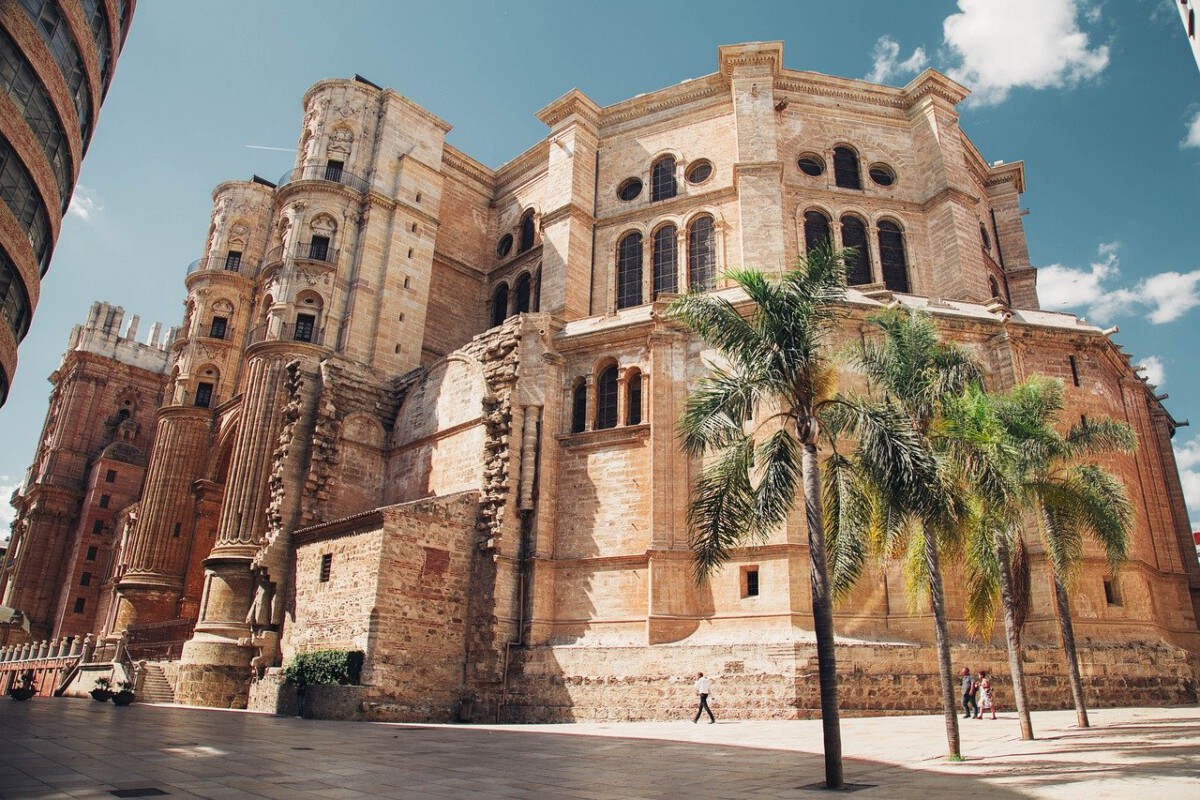Timisoara, Romania: An Artistic Powerhouse on the Rise

Timisoara, Romania’s 2023 European Capital of Culture, has seen a tourism boom but remains surprisingly affordable. According to the European Commission’s 2024 post-event report, hotel prices in the city average just €42 per night even during peak seasons, making it one of the best-value cities in Western Romania. The city’s youthful vibe comes from its large student population, with over 40,000 students enrolled at the West University of Timișoara as of early 2025. Local authorities recently launched the “Timisoara for All” initiative, offering discounted museum and transport passes to visitors under 30, which has drawn a surge in Gen Z travelers. The city’s artistic core pulses through the Fabrica de Bere district, where trendy galleries and co-working cafés have transformed historic breweries and warehouses. Major events like the Timisoara Jazz Festival (March 2025) and Street Art Days (May 2024) attracted international attention, yet most venues charge less than €5 entry. Walkable neighborhoods and free public Wi-Fi zones make it easy to explore without breaking the bank. With flight arrivals from 18 European cities as of April 2025, Timisoara is suddenly accessible but not yet overrun.
Plovdiv, Bulgaria: Historic Charm Without the Crowds

Plovdiv, Bulgaria’s second city, stands out for its layers of Roman, Ottoman, and Bulgarian Revival heritage—all at prices that rival the Balkans’ cheapest destinations. The Plovdiv Tourism Board’s 2024 report found that the city welcomed 620,000 visitors in 2023, up 31% from 2022, yet hotel rates average just €38 per night. The Old Town, a UNESCO-listed maze of cobblestone streets and pastel mansions, remains delightfully uncrowded outside festival weekends. The Kapana district is a beacon for creatives, hosting more than 70 galleries, workshops, and indie coffee shops as of this year. According to a March 2025 survey by the Bulgarian National Institute of Statistics, a three-course meal for two in Plovdiv averages only €23—about half the cost in Sofia. Plovdiv’s International Fair (September 2024) revitalized the riverfront, adding pop-up bars and open-air concerts to the city’s summer lineup. Trains from Sofia now run hourly and cost under €7, further cementing Plovdiv’s reputation as a hidden, affordable gem.
Gjirokastër, Albania: Stone City With Storybook Views

Perched on a hilltop in southern Albania, Gjirokastër is a UNESCO World Heritage site with a fraction of the visitors seen in Tirana or the Albanian Riviera. According to the Albanian Institute of Statistics, Gjirokastër hosted just 112,000 overnight stays in 2024, making it one of the country’s least-touristed cultural hubs. Boutique hotels in Ottoman-era mansions average €29 per night, with many offering panoramic views of the Drino Valley. The city’s 13th-century castle, recently renovated in 2023, is now home to the Albanian National Folk Festival, which drew international artists and an audience of over 10,000 last August. Local government data from early 2025 shows that entry to most museums remains under €3, while a bus ticket from Tirana is just €10. Gjirokastër’s culinary scene is drawing attention, with new farm-to-table restaurants opening in 2024 and featuring traditional qifqi and baklava at prices locals can afford. The city’s slow pace, stone homes, and dramatic mountain backdrop make it a storybook escape for those seeking authenticity without the crowds.
Pécs, Hungary: A Mosaic of Cultures and Colors

Pécs, nestled at the foot of the Mecsek Mountains in southern Hungary, remains largely overlooked by tourists flocking to Budapest or Lake Balaton. The Hungarian Central Statistical Office reported that just 390,000 foreign tourists visited Pécs in 2024, a fraction of the capital’s numbers. Despite its under-the-radar status, Pécs boasts a thriving arts scene, with the Zsolnay Cultural Quarter hosting more than 200 events in 2024 alone. Accommodation is an exceptional value, with hostels starting at €14 and boutique hotels rarely exceeding €45 per night. The city is a melting pot of Roman, Turkish, and Hungarian influences, evident in its 4th-century early Christian tombs and the iconic Mosque of Pasha Qasim, which remains the only mosque in Hungary still used for worship as of 2025. According to the Pécs Tourism Agency, local public transport passes cost just €1.70 per day, and a lavish meal at a downtown restaurant is often under €15. The city’s bustling Saturday market, brimming with local crafts and produce, is one of the best free experiences in Hungary.
Kaunas, Lithuania: Modern Energy Meets Old-World Beauty

Kaunas, Lithuania’s second city, has transformed from a sleepy Soviet outpost to a dynamic cultural center since its stint as European Capital of Culture in 2022. According to the Lithuanian Department of Statistics, Kaunas saw a record 770,000 overnight stays in 2024, up 27% year-on-year, yet hotel rates remain around €41 per night. The city’s Art Deco architecture is unmatched in the Baltics, with over 1,200 protected buildings mapped in a 2024 survey by the Kaunas City Museum. The creative district of Žaliakalnis is drawing artists and digital nomads, thanks to new co-working hubs and the Kaunas Start-Up Accelerator, which launched in September 2024. Public transport is efficient and cheap, with a single ticket costing just €1 as of April 2025. Kaunas’ riverside promenades and hilltop fortresses are rarely crowded, even in summer, offering plenty of space to unwind. The city’s annual Hanseatic Days Festival (July 2024) brought medieval markets and open-air theater to Laisvės Alėja, all with free entry.
Cádiz, Spain: Sun-Soaked Shores Without the Price Tag

Cádiz, on Spain’s Atlantic coast, is one of the oldest continuously inhabited cities in Western Europe, but its affordability sets it apart from better-known Andalusian hotspots. According to the Spanish National Statistics Institute (INE), Cádiz welcomed 1.2 million visitors in 2024, a modest figure compared to Seville or Málaga, while hotel rates average just €54 per night. The city is famed for its golden beaches, which are free to access and far less crowded than those on the Costa del Sol. Fresh seafood abounds in the Mercado Central, where a generous plate of fried fish costs under €8, based on a 2025 review by El País. The annual Carnival of Cádiz, held in February 2025, drew over 250,000 revelers but kept ticketed event prices under €15, ensuring accessibility for all. According to the Cádiz City Council, a local bus pass costs just €1.10, and guided walking tours of the historic center are often free or donation-based. The city’s relaxed pace and lack of high rises maintain its small-town charm, even as its popularity grows.
Lviv, Ukraine: Resilient Spirit and Vibrant Culture

Lviv, in western Ukraine, is a city that has faced extraordinary challenges in recent years, yet its cultural vibrancy and affordability continue to draw visitors as Ukraine’s tourism slowly recovers. According to Ukraine’s State Agency for Tourism Development, Lviv recorded 620,000 tourist arrivals in 2024, up 20% from the previous year, even amidst continued regional instability. Hotel prices remain low, averaging just €28 per night in early 2025, and the city’s famed coffee houses and jazz bars are as lively as ever. The Lviv IT Cluster’s 2024 report highlighted the city’s growing digital nomad community, with co-working spaces offering monthly passes for as little as €35. Lviv’s historic center—a UNESCO World Heritage site—is largely intact and filled with free open-air concerts, pop-up art galleries, and affordable bistros. The city’s Opera House reopened in March 2024, hosting performances with tickets starting at €7. Despite ongoing challenges, Lviv’s blend of resilience, charm, and low costs make it a testament to the enduring allure of Europe’s hidden gems.


